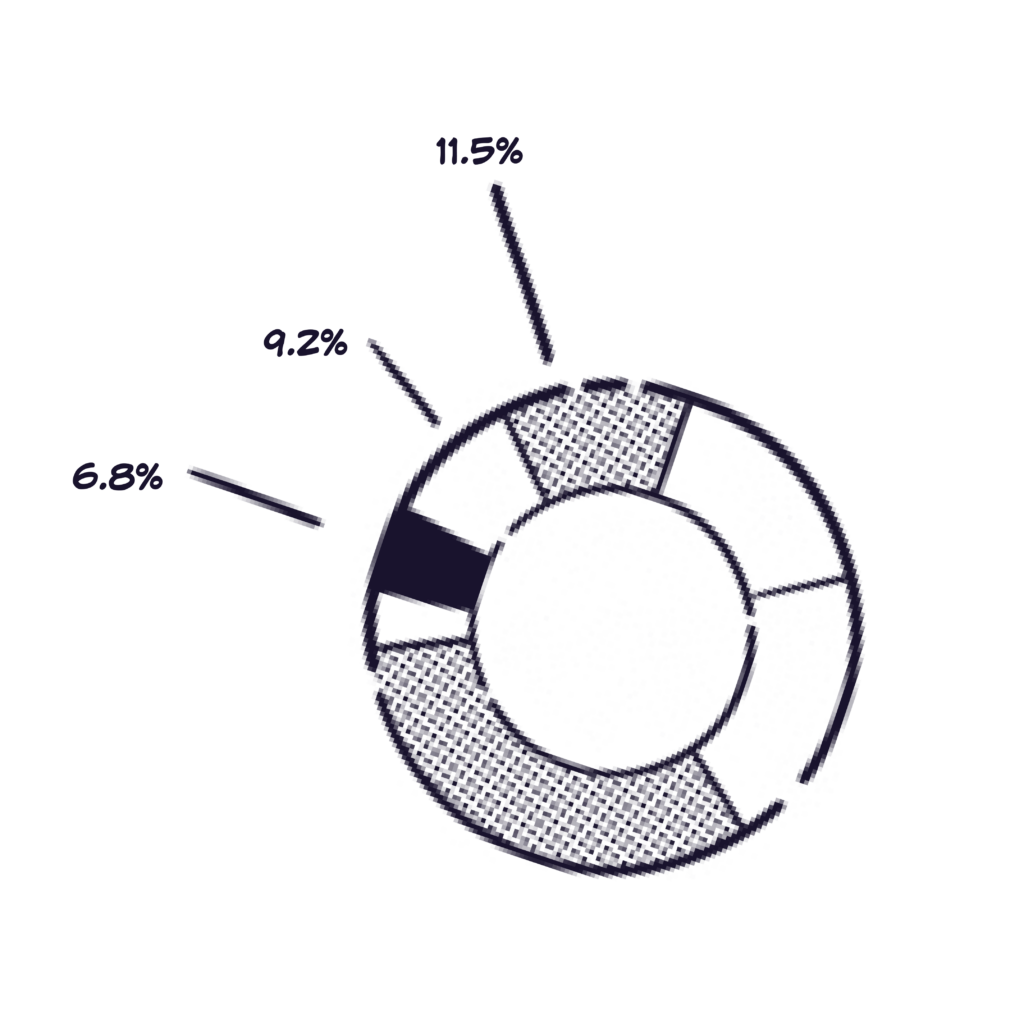
The world of work is in a state of constant flux, with new in-demand skills emerging, hiring trends evolving, and wages shifting across industries.
As career services leaders, staying on top of trends is not enough. You must become the expert on the topics and the authority on campus—for students, faculty, staff, and senior leadership.
In order to be that authority, career leaders must have access to real-time labor market data at all times.
With detailed analytics around today’s most in-demand jobs, compensation rates, top employers, and more at your fingertips, you can help students explore potential career pathways and plan for the future of work.
Here are seven ways you can use labor market data in your career center:
1. Help students explore careers
There is no way career services professionals can possibly know everything about every career. That’s where labor market data comes in!
With tools like uConnect’s Labor Market Insights module, career leaders can research different careers ahead of one-on-one advising sessions or group workshops. When students arrive for their appointments, you can show them the tool and guide them on how to search for different jobs and explore their core job functions and required skills.

Then, you can help them think about their academics, extracurriculars, research, and more to help them plan how they can incorporate those skills (both hard and soft) into their resume to be more career-ready for the job they’re interested in.
“It not only helps students, but I have to say, it helps me as well. Because as an advisor, there is no way we would be able to know everything about every career. So when I get meeting requests about a carer that I don’t really know that much about, I do my research ahead of time, go right on the LMI tool, and I’m prepared to talk with my students about it,” said Laurie Coppola, Senior Associate Director of the Office of Career Strategy at Yale University.
To integrate labor market data into your career center, check out uConnect’s Labor Market Insights module.
2. Help students set salary expectations
“How much money will I make?” This is a common question career leaders receive from students as they explore different career paths and apply for jobs.
With labor market data, you can see compensation ranges for any given job title. For example, if you have a student looking to apply for mechanical engineering jobs in California, you can use labor market data to show them exactly what they can expect to make. You could also even help them compare that to other states or between different regions in California.
With compensation data at their fingertips, students can set their salary expectations early and know their worth as they apply for jobs. Plus, you can also use this compensation data to help students negotiate salary once they receive an offer. (This applies to alumni, too!)
For example, see how Clark Atlanta University incorporates labor market data on their Negotiate an Offer page on their virtual career center. Note how they include some brief instructions and a call-to-action to look specifically at the annual earnings section of the labor market data tool. That way, students know exactly what they’re supposed to pay attention to.
3. Help students target specific employers
Let’s say a student knows what kind of job they want, but they’re not sure who’s hiring for those roles. You can help them use labor market data to search for the top 20 employers for any given job title.
This can give students a great place to begin their job or internship search and give them a list of “soft leads” they can start researching online, in Handshake, or elsewhere. You can also couple this employer information with data about your alumni network to find out if any of your alumni work at these companies.
“I think it’s a really valuable tool. I’m in it multiple times a day,” Coppola said.
4. Build partnerships with faculty and staff
Many students seek career advice and guidance from faculty and staff. As a result, many faculty and staff want to be better educated on career resources so they can have more meaningful career conversations with students.
Labor market data can be a great icebreaker for those conversations. Tools like uConnect’s Labor Market Insights module make it easy for faculty and staff to do their own research on different careers. Plus, they can refer students to it and help them use it for career exploration.
Some institutions will even embed labor market data into webpages built specifically for faculty and staff. For example, Yale University links to their job market insights tool (powered by uConnect) from their faculty and staff webpage. And Fresno State includes labor market data on their Career Champions page (along with videos, trainings, articles, and more).
If you’re looking for a way to introduce yourself and your career center to faculty, staff, and other stakeholders across campus, labor market data can be a tangible resource to start with.
5. Embed labor market data in your career communities
If you have career communities on your website or virtual career center, consider adding labor market data to each career community.
That way, as students are exploring career resources in each career community, they can also have access to real-time labor market data that’s relevant to the community they’re in. For example, the University of Washington embeds job market trend data (powered by uConnect) on each of their career interest webpages, including their Consulting/Business community page.
If you embed labor market data into your career communities, consider also including a video or some how-to content to help students learn how to use the data. See how the UMass Amherst Isenberg School of Management does it on their Finance career community page with a how-to video right at the top of the page.
6. Integrate labor market data into curriculum
Integrating labor market data into actual classwork can be a really powerful way to not only teach students how to use labor market data, but to connect it with real job postings and use it to find and address skill gaps.
For example, the Sam Walton College of Business at the University of Arkansas created a worksheet for students as part of a class assignment that requires them to use the labor market data tool on the college’s virtual career center.
Students are asked to use the tool on this page, do some exploration on a major they are interested in, and pull some of the relevant data (like skills, competencies, job demand projections, etc.). From there, they go to Handshake and search for a job posting so they can compare the skills from the labor market data tool with the skills in the posting. Then the students are asked to reflect on any skill gaps they might have and find a resource that can help them fill that gap
7. Add real-time data to your blogs and other resources
Does your team regularly write blogs, produce videos, or create other content for your website or virtual career center? If so, you could add labor market data to those resources to keep students up-to-date on job market trends.

Whenever you’re talking about industry or career preparation, you can link to labor market data or pull statistics to put in industry-specific blogs, social media posts, banners, and more. For example, you could write “state of” articles for different job titles or industries and include data about top employers, required skills and competencies, compensation, and more.
With real-time labor market data at their fingertips, your students can research different career paths as early and often as they need to and make informed decisions about their futures.
To integrate labor market data into your career center, check out uConnect’s Labor Market Insights module.
To learn how uConnect’s Labor Market Insights module can help you integrate labor market data into your career center, fill out the form below to schedule a demo.


